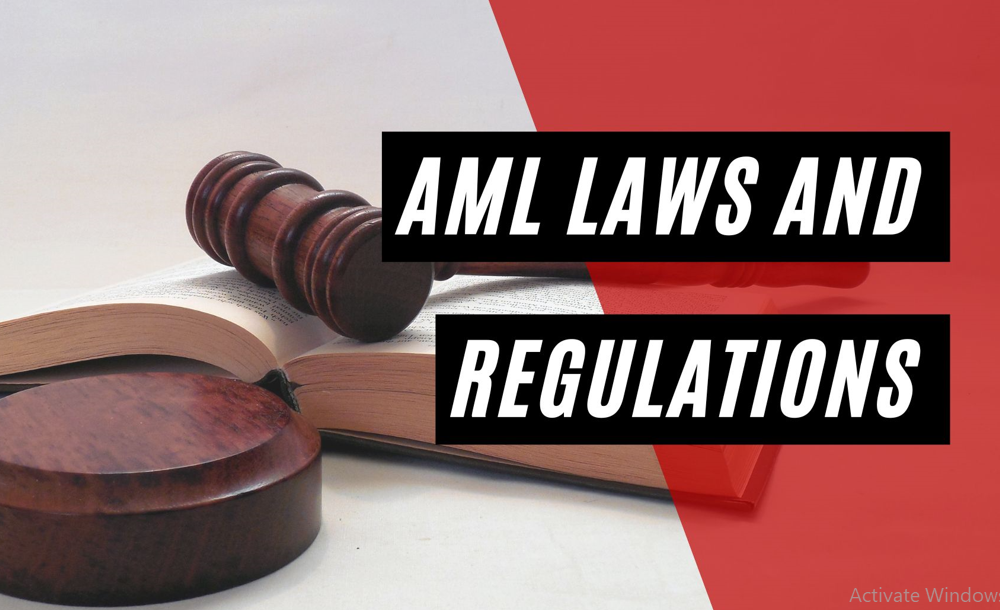
Ensuring that financial institutions strictly follow AML laws and regulations is key to preventing fraud and financial crimes. In countries like Mexico, the threat of money laundering and terrorist financing remains a serious concern. In 2023, Mexico’s risk index for these activities rose to 5.21, slightly higher than the 5.2 reported in 2022. Although lower than its peak of 5.75 in 2017, this increase highlights the ongoing need for effective anti-money laundering (AML) measures to protect financial systems and curb illegal activities.
Past History of AML Laws: A Quick Overview
Money Laundering is the complete procedure ranging from making black or illegally obtained funds into legitimate ones. The whole procedure goes through three major stages that include, placement, layering, and the integration procedure. The foremost step involves illegally obtained money being entered into authentic financial institutions. The middle gateway involves the circulation of funds into multiple accounts just to create confusion and protect from regulatory bodies so that they do not report to the relevant authorities. The last and final stage involves the integration of these funds into the financial chain through additional transactions so it totally looks like legitimate or earned money. The whole procedure is executed using tactics that are not easy to detect.
To protect financial institutions from these illegal activities and prevent the loss of money, there are defined AML laws and regulations that are proposed by regular authorities. The most defined Bank Secrecy Act (BSA) was proposed in 1970 with only the objective of combating terror funding. Its main purpose of implementation was to protect the financial system and its complete chain in a country from the illegalities that are conducted by obvious methods such as money laundering, terror funding, and relevant monetary losses.
What are Defined AML Laws and Regulations in Financial Services?
Financial institutions have been facing challenges from money laundering for a long time. But keeping up with AML laws and regulations has also been a second contest because dealing with terror funding activities has become paramount. In accordance with the United Nations board, it’s estimated that $1.6 trillion is moved through money laundering each year, representing 2.7% of the global economy in 2020. Utilizing the diverse amounts of illegalities ranging from little tax exemptions to monetary degeneracy, international institutions around the globe have defined visions in combating terror funding.
Financial departments and relevant regulatory authorities should have a useful AML program that involves international laws, schemes, and controls with a compliant constable and, lastly, a continuous labor practice.
Complete Execution Procedure of AML Compliance Stratagem in Financial Institutions
| Appoint a Compliant Constable | A compliant constable is charged with heading the AML program. In more critical cases, a compliant officer usually sees the regulatory measures, finds out the new guidelines, and assists in better making the processes that are underway. |
| Create Internal Policies | Businesses should implement such protocols that can identify and react to irregularities. Procedures involving the sanctions list scrutinization, identity validation, and recording how an entity will retort to law enforcement applications for credentials that are mostly checked in the internal policies of the potential businesses. |
| Impose a Risk Assessment Program | FinCEN (Financial Crimes Enforcement Network) demands businesses detect and authenticate the identity of potential consumers and execute continuous scrutiny procedures because it helps in identifying the threats that could be revealed to terror funding doings. |
| Train a Complete Workforce | Imposters are continuously adopting better ways to conduct money laundering tactics. Internal acquisition programs mostly screen areas like transaction screening and major changes that have been made to the AML programs. |
| Incorporate an Audit Program | Internal financial controls are essential to the anti-money laundering program, but they could have weak spots. Financial departments should offer their AML programs for review through the audit team. |
By implementing these programs under AML laws and regulations, financial departments can safeguard themselves from being utilized by imposters for terror funding intentions.
Final Interpretation
AML laws and regulations are the optimal solutions in combating the major threats of money laundering and relevant monetary losses. Through the thorough implementation of the AML laws and regulations framework, banks and related financial institutions can prevent themselves from engaging in these illegal activities. Each institution should have a due diligence program just to assist in identifying these activities.


